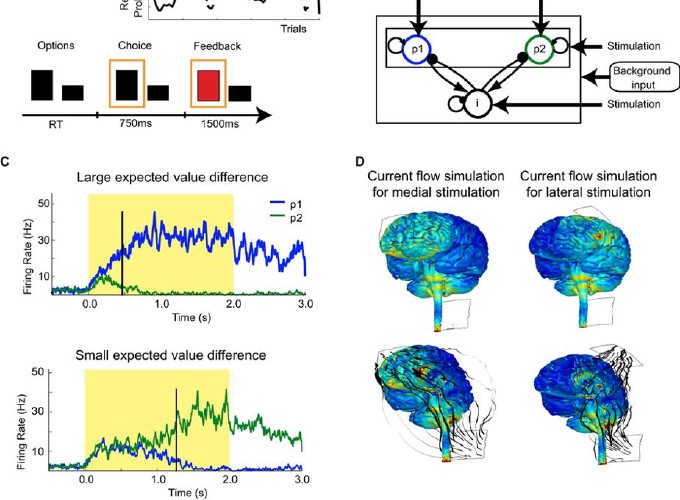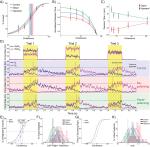Computational neurostimulation is the use of computational models of cortical microcircuits to simulate the effects of noninvasive brain stimulation, and crucially, using these models to generate behavior which can then be tested against that of human participants undergoing analogous stimulation.
Photo by rawpixel on Unsplash
Computational Neurostim
 Photo by rawpixel on Unsplash
Photo by rawpixel on Unsplash
Computational Neurostim
Publications
Response repetition biases in human perceptual decisions are explained by activity decay in competitive attractor models
Animals and humans have a tendency to repeat recent choices, a phenomenon known as choice hysteresis. The mechanism for this choice …
Selective alteration of human value decisions with medial frontal tDCS is predicted by changes in attractor dynamics
During value-based decision making, ventromedial prefrontal cortex (vmPFC) is thought to support choices by tracking the expected gain …
Understanding the behavioural consequences of noninvasive brain stimulation
Transcranial electrical stimulation (tES) influences neural activity in a way that can elicit behavioural change but may also improve …
Understanding the nonlinear physiological and behavioral effects of tDCS through computational neurostimulation
Despite the success of noninvasive brain stimulation (NIBS), the mechanism of action through which different stimulation techniques …




